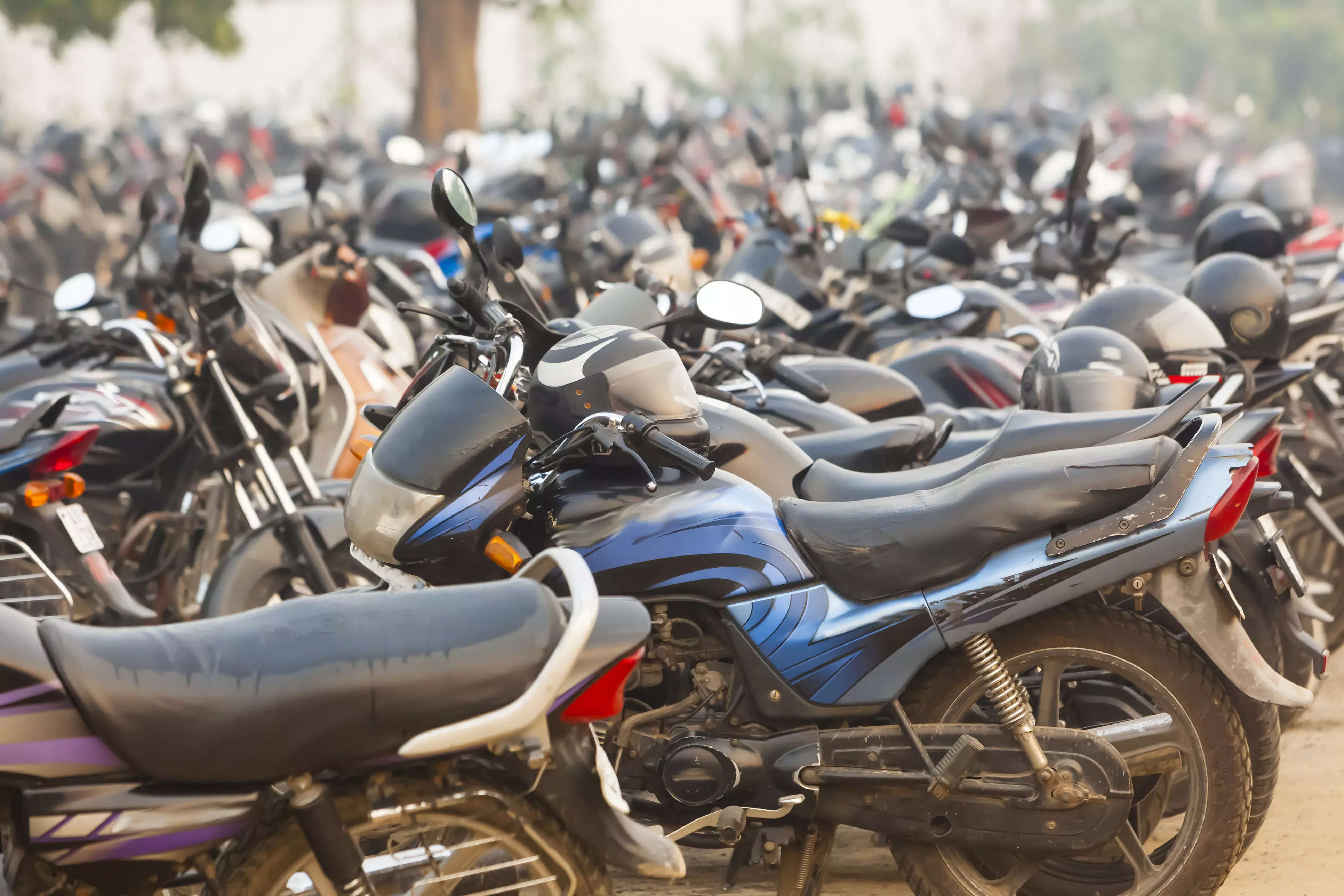
New Delhi: November 2021 was dismal for the world’s largest two-wheeler industry. While the month came as a relief for the Indian truck and three-wheeler market, the two wheeler sales declined mainly owing to a disheartening festive market that belied the expectations for a seasonal revival.
The monthly industry sales data shows that almost all the two-wheeler makers logged double digit year-on-year and sequential decline in November 2021. The industry’s average monthly delivery to the domestic market used to be about 1.5 million – 1.7 million units. But in November 2021 the sales were even below 1 million. Price increases by the OEMs, skyrocketing fuel prices, bad shape of the rural economy, lackluster wedding season demand, and increasing interest in electric two-wheelers are among the reasons for the fall in the domestic two-wheeler sales.
The November 2021 sales by the five major OEMs together were at 950,755 units down 36% year on year. Overall wholesale volumes were however supported by sustained export momentum.
Hero MotoCorp, which is the largest two-wheeler manufacturer in India and the world with a 45% share in the domestic market, posted 43% fall in November 2021 local sales to 328,862 units. The domestic sales volume of Honda Motorcycle and Scooter India (HMSI) also declined by 38% to 256,170 units in the month.
Top 5 two-wheeler OEMs domestic sales
| OEMs | November 2021 | November 2020 | %Change |
| Hero MotoCorp | 328,862 | 575,957 | -43 |
| HMSI | 256,170 | 412,641 | -38 |
| TVS Motor | 175,940 | 247,789 | -29 |
| Bajaj Auto | 144,953 | 188,196 | -23 |
| Royal Enfield | 44,830 | 59,084 | -24 |
| Total | 950,755 | 1,483,667 | -36 |
Source: Industry dataPrice increases by the OEMs and high fuel prices in the festive month of October are said to be the most important among the many factors that kept off the buyers from the two-wheeler market. Experts say that the cost of ownership of two-wheelers has risen over 10% following a 17-20% surge in fuel prices that has crossed the INR 100-a-litre mark across the country.
“Due to the spike in auto fuel prices, the rate of deferment is the highest among the consumers of below 125cc two-wheelers that hold about 80% of the total market. Besides, shortage of semiconductors and high container charges have also deterred the production levels of OEMs,” said one industry insider on condition of anonymity.
Secondly, demand in rural markets, from where this segment draws a fair portion of buyers, was also impacted due to economic reasons. The country’s hinterland, expected to drive two-wheeler sales buoyed by a good monsoon, bumper crops, increased government spending, was ravaged by the pandemic’s second wave. Delay in harvesting due to the late withdrawal of monsoon in many parts of the country, impacted the demand after the festive season.
Additionally, two-wheeler industry volumes moved down due to the moderation in rural demand and high base effect on account of pent-up demand last year. In addition, the chip shortage has affected dispatches of premium motorcycles.
Moreover, electric vehicle demand continues to witness pickup in the states with higher government incentives like Maharashtra, Gujarat, Delhi, Karnataka etc, which are also key markets for conventional two-wheelers.
The outlook
With the economy gradually opening up coupled with several other positive indicators, such as encouraging farm activity, confident consumer index, the manufacturers are expecting a swift revival in sales in the fourth quarter. Analysts, however, opine that an immediate revival is still distant as the upcoming wedding season will not see a lot of change of fortunes.
“We see improving underlying rural sentiments supporting volumes, albeit at a gradual pace. We also observe that initial trends suggest a relatively muted start to the marriage season, which should further affect dispatches after relatively weak festival sales,” analysts at brokerage firm Nirmal Bang said.















